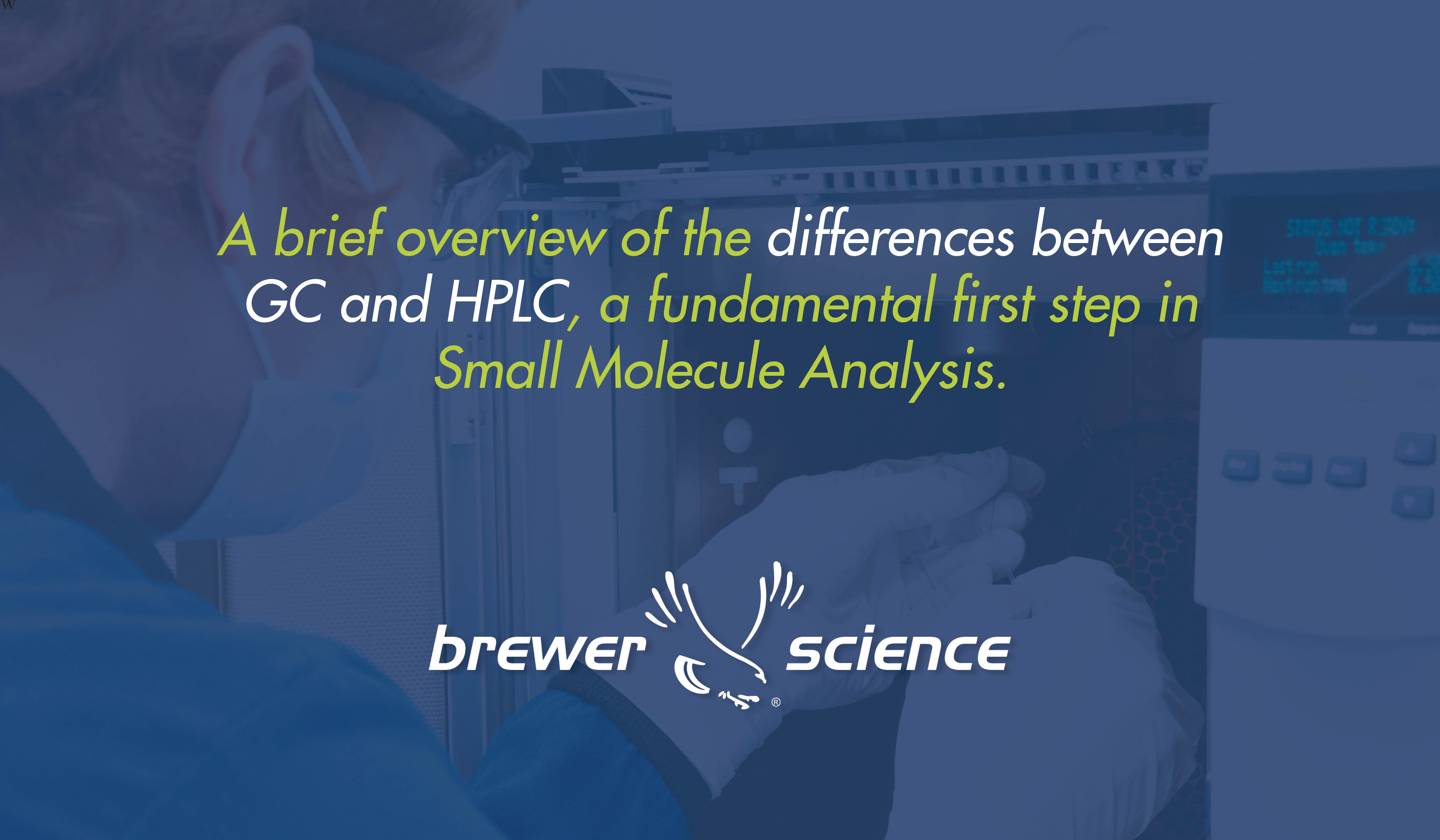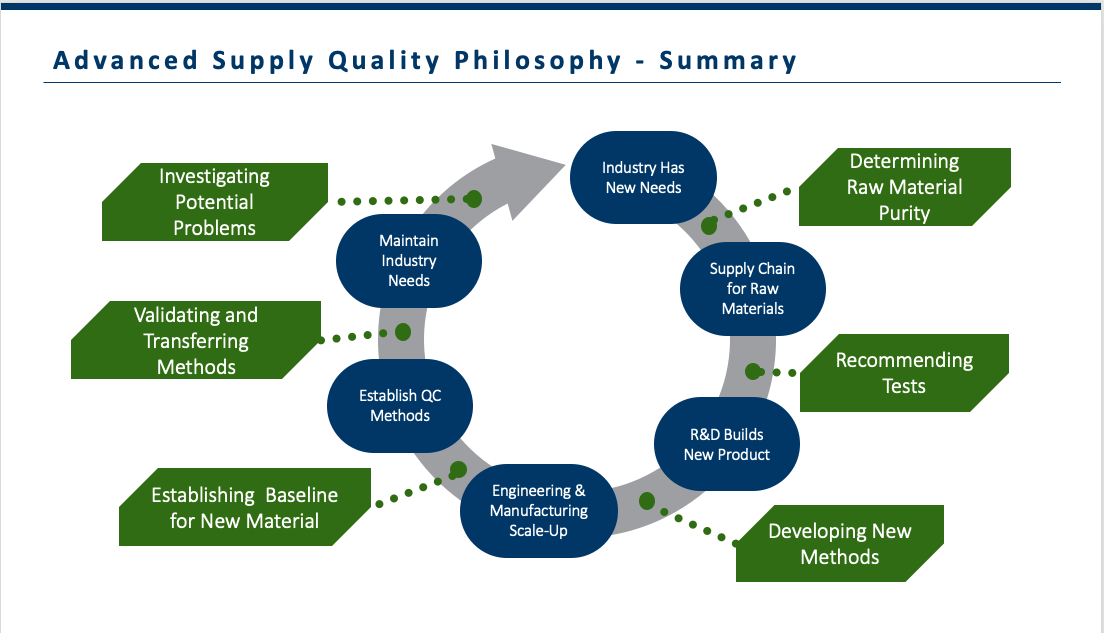The essence of biometrics is using physical characteristics that are unique to each individual to identify one person from billions of others in the world. Early biometrics were somewhat low-tech; for example, fingerprinting originally required nothing more than some ink, a magnifying glass and a human who knew how to “read” the prints. Today’s biometrics depend on sophisticated sensors to detect targeted traits, and thanks to the success of those sensors, the use of biometrics has exploded.
Biometric sensors power a wide range of devices that interact with users, including high-definition cameras for capturing face biometrics, ultrasound devices to detect the multiple layers of fingerprints, sub-dermal imaging devices that can map veins in a person’s hand, or infrared cameras that can scan irises or retinas. They’re game-changers in multiple industries, including medicine, banking and security.
Here are some innovations that are either on the horizon or at the leading edge of biometric technology:
Closing the world’s identification gap
Doctors working in developing countries often treat patients without the benefit of any medical histories formalized in well-kept records. Many patients don’t even have ID that could help healthcare providers with basic information such as age. Identification could give people in the developing world better access not only to healthcare, but also to microfinancing opportunities and government aid, as well. Yet about 1.1 billion people in the world don’t have formal identification, according to The World Bank.
Nonprofit Simprints, based at the University of Cambridge, aims to change that by building affordable, durable fingerprint scanners for use by frontline workers in developing countries. In addition to healthcare, the technology also integrates with mobile platforms used in finance, education and more.
“The identification gap and its impact on livelihoods is being increasingly recognized,” Simprints co-founders Daniel M.L. Storisteanu, Toby L. Norman and Alexandra Grigore wrote in Biometric Technology Today. “And the pervasiveness and falling costs of biometric systems will make them more and more accessible to everyone, from grassroots NGOs to governments.”
Biometric smart cards
Passwords, PINs, EMV chips and multilayer authentication — the many tactics employed by credit card issuers to prevent fraud — have had varying levels of success. None have ever made a serious dent in reducing credit card fraud. Enter biometric smart cards, which use wafer-thin, built-in fingerprint readers and other forms of biometric sensors to ensure the card really belongs to the person who’s trying to use it.
Biometric smart cards also have potential in applications outside banking and credit. Imagine forms of ID, from driver's licenses to passports, that can confirm, through a variety of biometric indications, the identity of the person presenting the ID. Employee IDs, student IDs and virtually any other form of card specific to a single user could benefit from the inclusion of biometric technology.
Bring biometrics together with IoT
Imagine you arrive home after a long day at work only to discover you’ve forgotten your house or apartment key. If your home is a smart home, equipped with biometric sensors, it could scan your iris or read your fingerprint to recognize you and unlock the door for you.
Or, perhaps you’re dieting and you’ve decided not to snack after a certain time at night. Your IoT-connected smart refrigerator could use biometrics to lock you out after hours! Biometrics could, eventually, work with the IoT to individualize control of your home’s various automated systems — from lighting to temperature — based on your biometric identification.
While the integration of biometrics and IoT is just beginning to gather momentum, the combination of technologies could revolutionize how we interact with our homes.
Biometrics have come a long way from the days when fingerprints were the single most reliable way to identify someone, and DNA analysis was leading-edge. Today, thanks to the invention and continued innovation of ever more powerful biometric sensors, biometric technology is transforming how we identify ourselves to the world. Learn more about Brewer Science’s sensors and how they are tackling seamless integration for various applications.





Subscribe to Our Blog